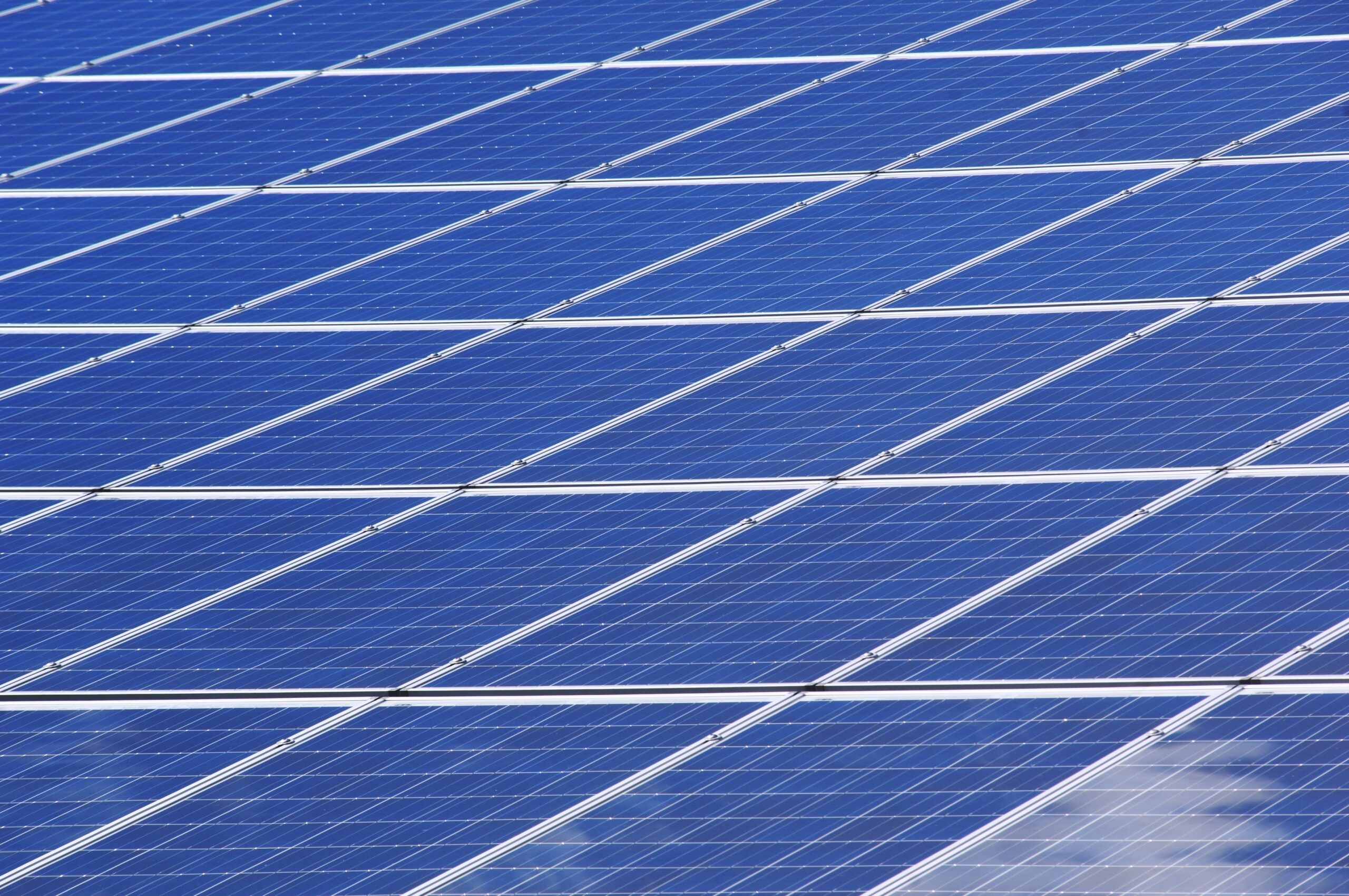No. 88: Install solar parking shading structures
No. 88: Install solar parking shading structures
Number 83
Installing solar parking shading structures at schools provides environmental benefits by reducing greenhouse gas emissions and financial benefits by reducing electricity costs. Additionally, it provides shaded parking for vehicles and can be used as a learning tool for students to understand renewable energy.
Learn why you should do this:
Installing solar parking shading structures at schools can have significant environmental and financial benefits. These structures are designed to not only provide shade for parked vehicles but also generate clean energy through the use of solar panels. By installing these structures, schools can reduce their carbon footprint and save money on energy costs.
According to the National Renewable Energy Laboratory (NREL), installing solar parking shading structures can provide multiple benefits for schools. These benefits include reducing greenhouse gas emissions, reducing energy costs, and providing a source of renewable energy. NREL also notes that solar parking shading structures can help schools achieve their sustainability goals and demonstrate their commitment to environmental responsibility.
One of the main benefits of solar parking shading structures is the ability to generate clean energy. The solar panels on these structures can capture sunlight and convert it into usable electricity. This renewable energy can be used to power the school’s lighting, air conditioning, and other electrical systems. According to a study by the National Renewable Energy Laboratory, a 62.5-kilowatt solar canopy system installed at a school in Arizona generated enough electricity to offset 90% of the school’s annual electricity usage.
In addition to generating clean energy, solar parking shading structures can also help schools save money on their energy bills. By generating their own electricity, schools can reduce their reliance on traditional sources of energy, such as fossil fuels. This can help to lower energy costs and provide long-term savings for the school.
Another benefit of solar parking shading structures is their ability to provide shade for parked vehicles. This can help to reduce the temperature inside the vehicles and make them more comfortable for students and staff. Additionally, the shade provided by these structures can help to reduce the amount of heat absorbed by the pavement, which can help to mitigate the urban heat island effect.
The installation of solar parking shading structures can also have educational benefits. Schools can use these structures to teach students about renewable energy and the importance of sustainability. This can help to raise awareness about environmental issues and inspire the next generation of environmental leaders.
There are also several financial incentives available for schools that install solar parking shading structures. These incentives can help to offset the upfront costs of installation and make the project more affordable. For example, schools may be eligible for tax credits, rebates, and other financial incentives offered by federal, state, and local governments.
In conclusion, installing solar parking shading structures at schools can provide significant environmental and financial benefits. These structures can help to generate clean energy, reduce energy costs, provide shade for parked vehicles, and offer educational opportunities for students. Additionally, there are financial incentives available that can help to make the project more affordable for schools. By investing in solar parking shading structures, schools can demonstrate their commitment to sustainability and make a positive impact on the environment.
Sources:
-
T. Simons, “Solar Carports: Do They Make Sense?” EnergySage, 4 May 2020. [Online]. Available: https://www.energysage.com/solar/solar-energy-storage/solar-carports-do-they-make-sense/. [Accessed: 15 Mar 2023].
-
“Solar Carports Canopies, Parking Structures & Charging Stations,” Solar Design Associates. [Online]. Available: https://solardesign.com/projects/solar-carports-canopies-parking-structures-charging-stations/. [Accessed: 15 Mar 2023].
-
E. Al-Salman and J. R. L. Tapia, “The Economics of Solar Carports: A Comprehensive Cost Benefit Analysis of Grid-Connected Solar Carports,” Sustainability, vol. 11, no. 10, p. 2776, May 2019.
-
R. Adhikari, “The Surprising Benefits of Solar-Powered Carports,” Green Tech Media, 11 Oct 2017. [Online]. Available: https://www.greentechmedia.com/articles/read/the-surprising-benefits-of-solar-powered-carports. [Accessed: 15 Mar 2023].
-
“Solar Carports: A Bright Future for Parking Lots,” Energy.gov, 25 Jan 2017. [Online]. Available: https://www.energy.gov/eere/articles/solar-carports-bright-future-parking-lots. [Accessed: 15 Mar 2023].

All 100 ideas in one, easy to share ebook. Download now and start helping your school be its best version of itself...
Downloaded over 17,000 times!

More ways to make a difference, now!
No. 19: Use a carbon neutral cloud data service
Number 47 Using recycled copy paper in schools can reduce the number of trees cut down for paper production, conserve natural resources, and reduce waste going to landfills. It can also result in cost savings of up to 20% on paper costs over time, while promoting...
No. 42: Using a pool cover to reduce evaporation in school swimming pools
Number 42 Using a pool cover in school swimming pools can reduce water evaporation by up to 95%, conserve water resources, and mitigate the effects of drought. It can also save schools money on water bills, energy costs, and chemicals required to maintain water...
No. 31: Use smart irrigation controllers
Number 31 Installing internet-connected smart irrigation controllers in schools can reduce water usage by up to 50% and save money on water bills and energy costs, resulting in significant financial benefits. Additionally, smart controllers can conserve water...





